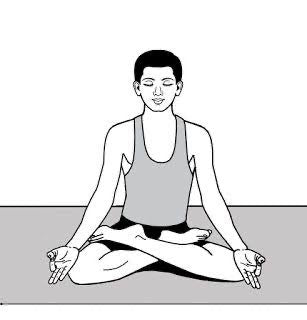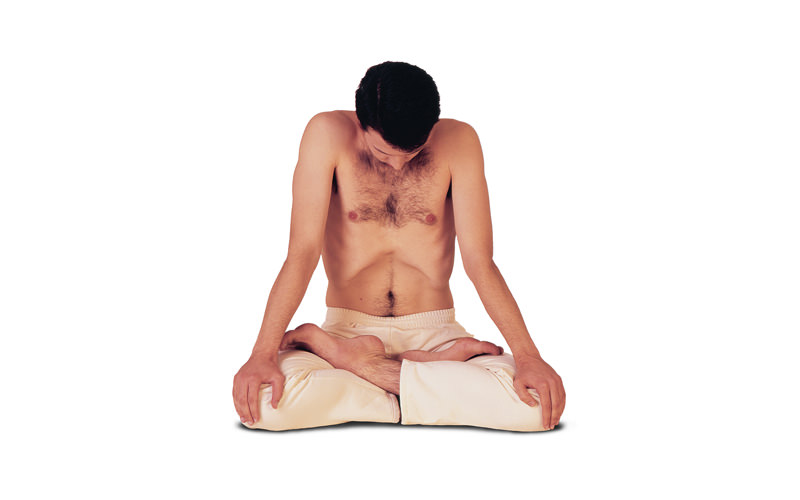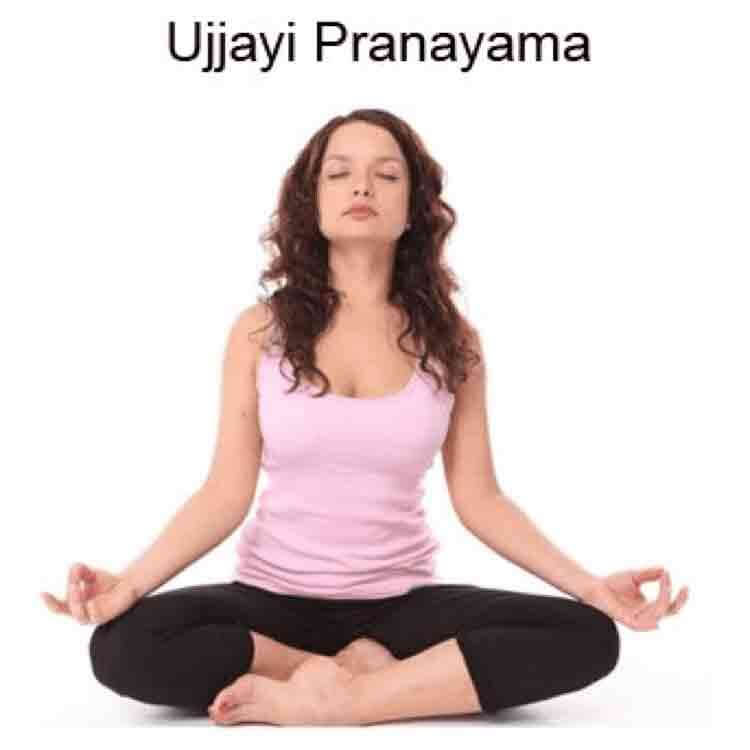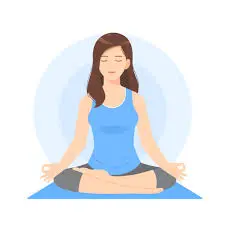Top 5 Pranayama Techniques to Boost Your Health
Pranayama, the art of controlled breathing, is a core element of yoga. By regulating your breath, pranayama connects your body and mind, promoting a state of balance and calm. These breathing techniques are not just for relaxation—they offer numerous health benefits, including improved lung function, stress relief, and enhanced focus. Below are the top five pranayama techniques you should practice for a healthier lifestyle.
1. Anulom Vilom (Alternate Nostril Breathing)
Anulom Vilom is one of the most popular pranayama techniques. It involves alternate nostril breathing, which helps balance the body’s energy channels (nadis).

Benefits:
- Reduces Stress: Calms the mind and alleviates anxiety.
- Improves Heart Health: Regulates blood pressure and enhances cardiovascular function.
- Boosts Concentration: Improves mental clarity and focus.
How to Practice:
- Sit comfortably with your spine straight.
- Close your right nostril with your thumb and inhale through your left nostril.
- Close your left nostril with your ring finger and exhale through your right nostril.
- Alternate this process for 5-10 minutes.
2. Kapalabhati (Skull Shining Breath)
Kapalabhati is an energizing breathing technique that detoxifies the body by expelling stale air from the lungs.

Benefits:
- Aids Weight Loss: Stimulates metabolism and burns calories.
- Cleanses Lungs: Improves respiratory efficiency by clearing toxins.
- Increases Energy: Boosts vitality and fights fatigue.
How to Practice:
- Sit in a comfortable position.
- Take a deep breath in, then exhale forcefully through your nose while contracting your abdominal muscles.
- Repeat this for 20-30 cycles in one session.
3. Bhastrika (Bellows Breath)
Bhastrika involves deep, rapid breathing to invigorate the body and mind. It’s a powerful technique to boost energy levels.

Benefits:
- Enhances Oxygen Supply: Increases lung capacity and oxygenates the body.
- Reduces Mental Fatigue: Clears the mind and enhances alertness.
- Improves Digestion: Stimulates abdominal organs, aiding digestion.
How to Practice:
- Sit straight and take a deep breath in.
- Exhale forcefully while drawing your belly inward.
- Repeat this process for 1-2 minutes.
4. Nadi Shodhana (Channel Purifying Breath)
Nadi Shodhana is a deeper form of alternate nostril breathing. It purifies the nadis (energy channels), ensuring the smooth flow of energy.
Benefits:
- Purifies Energy Channels: Balances the body’s prana (life force).
- Promotes Relaxation: Reduces stress and promotes inner peace.
- Improves Sleep: Helps in combating insomnia and restlessness.
How to Practice:
- Use your thumb and ring finger to alternate nostril breathing.
- Inhale through one nostril, hold your breath, and exhale through the other.
- Practice for 5-10 minutes daily.
5. Ujjayi (Ocean Breath)
Ujjayi, also known as the victorious breath, involves breathing deeply while slightly constricting the throat. It is often used during asanas to maintain focus.

Benefits:
- Calms the Mind: Soothes the nervous system, reducing stress.
- Enhances Stamina: Helps maintain focus and energy during physical activities.
- Improves Thyroid Function: Stimulates and regulates the thyroid gland.
How to Practice:
- Inhale deeply through your nose while slightly constricting your throat.
- Exhale slowly, making a soft ocean-like sound.
- Continue for 5-10 minutes.
Why Practice Pranayama?
Pranayama is more than just a breathing exercise—it’s a gateway to holistic health. By incorporating these techniques into your daily routine, you can enhance your physical well-being, calm your mind, and improve your overall quality of life.
Tips for Beginners:
- Start Slowly: Begin with 5 minutes a day and gradually increase the duration.
- Practice on an Empty Stomach: Mornings are ideal for pranayama.
- Focus on Your Breath: Pay attention to your inhalations and exhalations.
At Aarogya Yoga, we offer guided pranayama sessions to help you master these techniques. Join us to unlock the full potential of your breath and experience the magic of yoga.







Add Comment